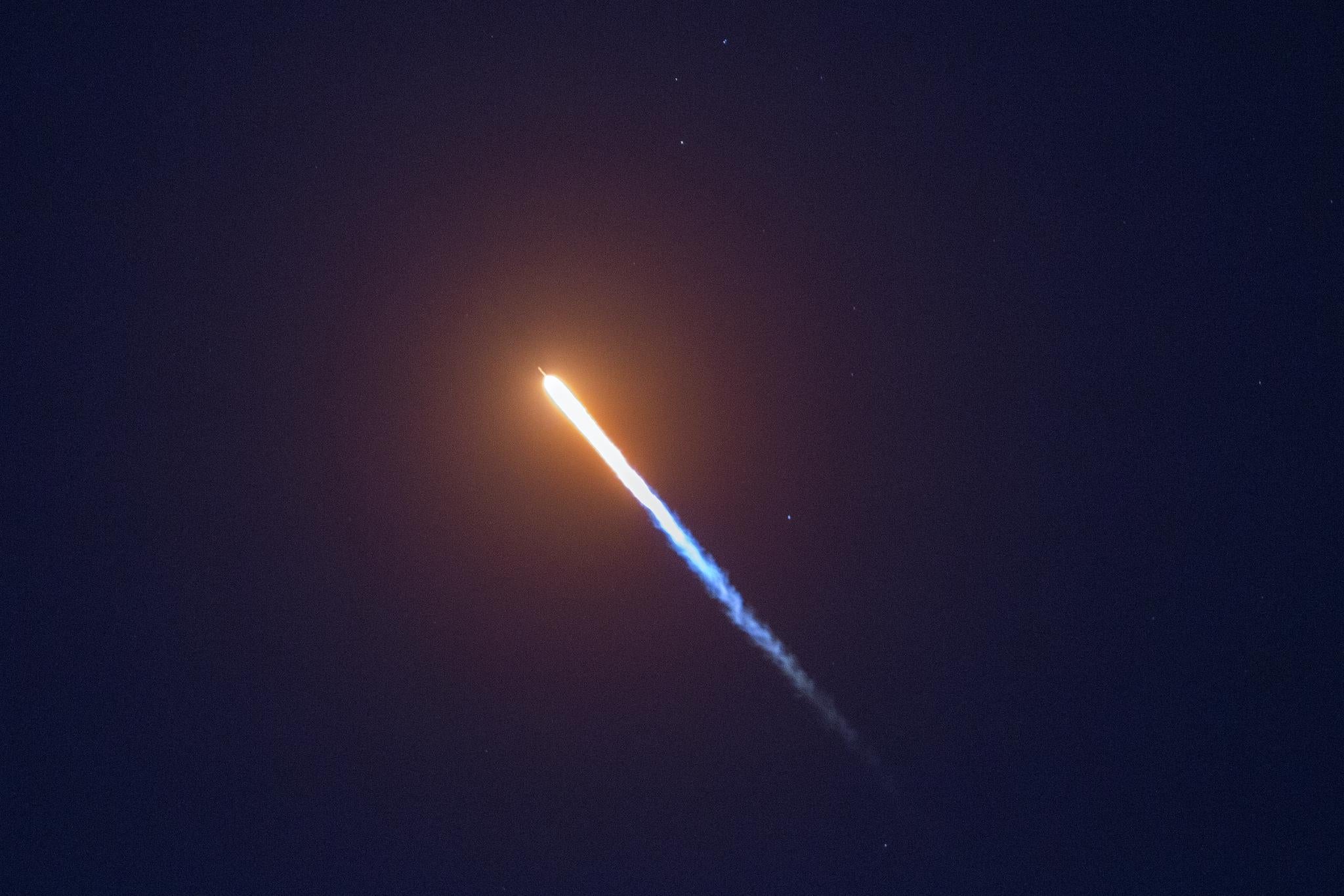Nasa and SpaceX to blow up rocket in the air as part of emergency test
Critical test will ensure astronauts can escape in case of a disaster

Your support helps us to tell the story
From reproductive rights to climate change to Big Tech, The Independent is on the ground when the story is developing. Whether it's investigating the financials of Elon Musk's pro-Trump PAC or producing our latest documentary, 'The A Word', which shines a light on the American women fighting for reproductive rights, we know how important it is to parse out the facts from the messaging.
At such a critical moment in US history, we need reporters on the ground. Your donation allows us to keep sending journalists to speak to both sides of the story.
The Independent is trusted by Americans across the entire political spectrum. And unlike many other quality news outlets, we choose not to lock Americans out of our reporting and analysis with paywalls. We believe quality journalism should be available to everyone, paid for by those who can afford it.
Your support makes all the difference.Nasa and SpaceX are set to destroy a rocket as part of an emergency test.
The procedure, known as an "In-Flight Abort Test", will ensure that a new capsule meant for carrying astronauts would allow them to escape in the case of a disastrous launch.
But it will also mean destroying one of SpaceX's Falcon 9 rockets to understand what would happen if one really exploded by accident.
The two organisations are looking to run the test on 18 January, from the Kennedy Space Center in Florida.
The demonstration of the escape system is one of the final tests required before astronauts travel in the new spacecraft, known as Crew Dragon, which will one day carry people into space.
During the test, the Crew Dragon capsule will be attached to a Falcon 9 rocket, as it will be when it is used as part of real launch.
But shortly after liftoff, SpaceX will trigger a launch escape that should demonstrate that the Crew Dragon is able to safely separate from the rocket and carry those inside of it back down to Earth. After it detaches from the rocket, it will use its parachutes to fall safely to the ground and be collected.
But the rocket is expected to undergo what SpaceX refers to as "rapid unscheduled disassembly", or an explosion. It will be destroyed and SpaceX has said that it will pick the parts out of the Atlantic Ocean when the test is over.
Nasa and SpaceX will then use the data generated as part of the test to evaluate whether the new spacecraft can be certified to carry astronauts to and from the International Space Station.
The launch had initially been planned for earlier but Nasa announced it would be delayed to no earlier than 18 January, giving more time for "spacecraft processing", it said earlier this week.
Join our commenting forum
Join thought-provoking conversations, follow other Independent readers and see their replies
Comments